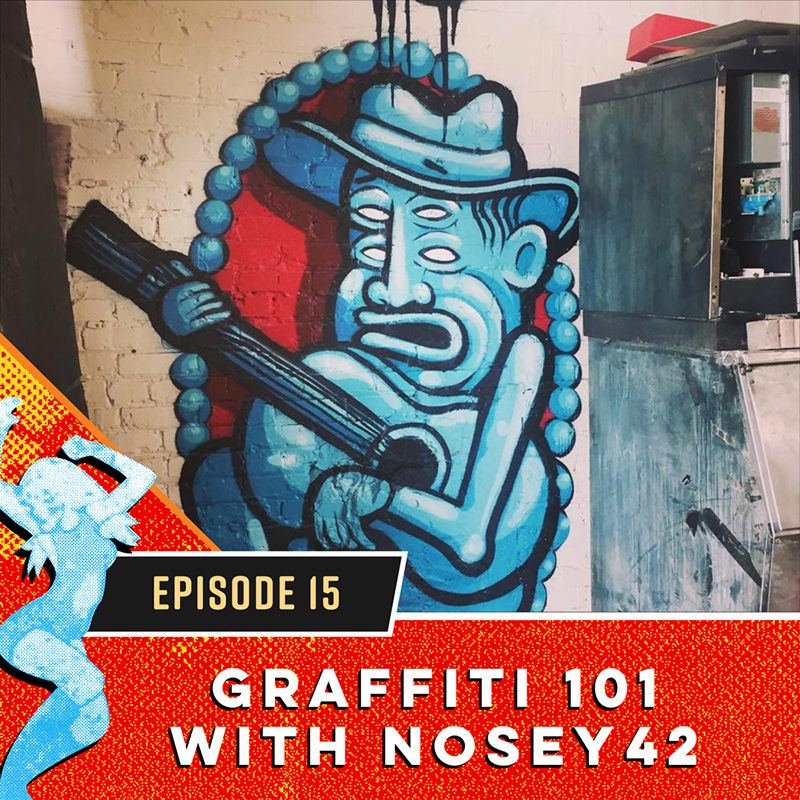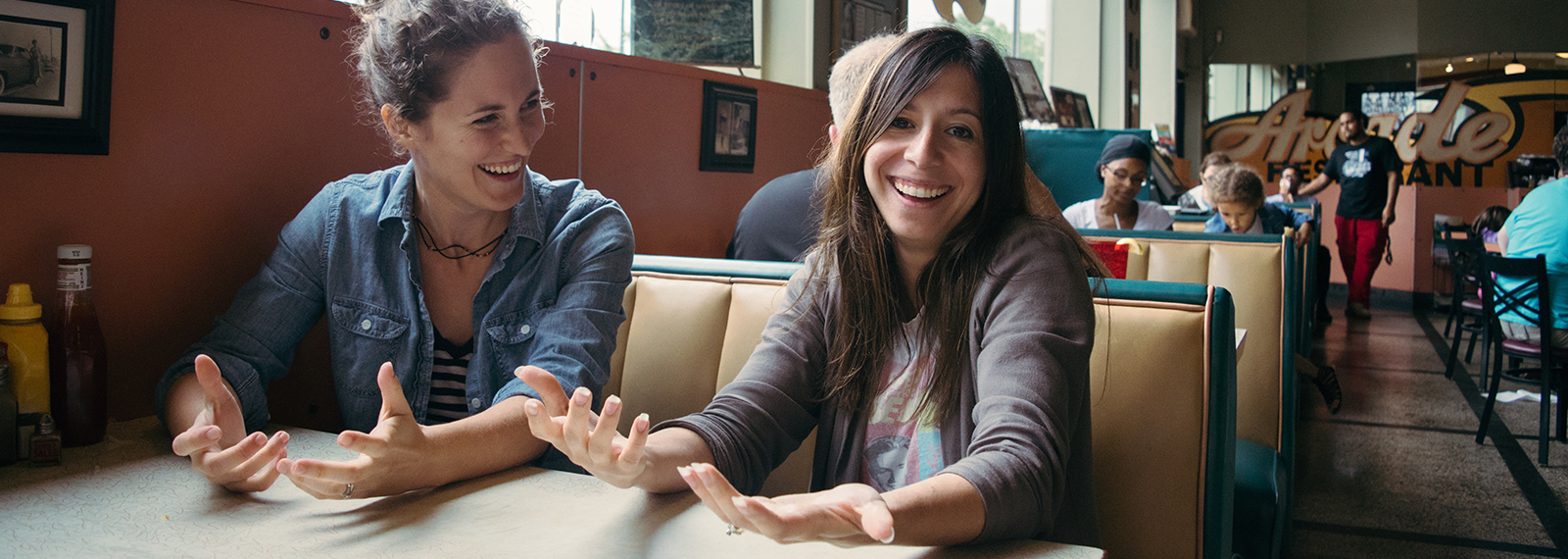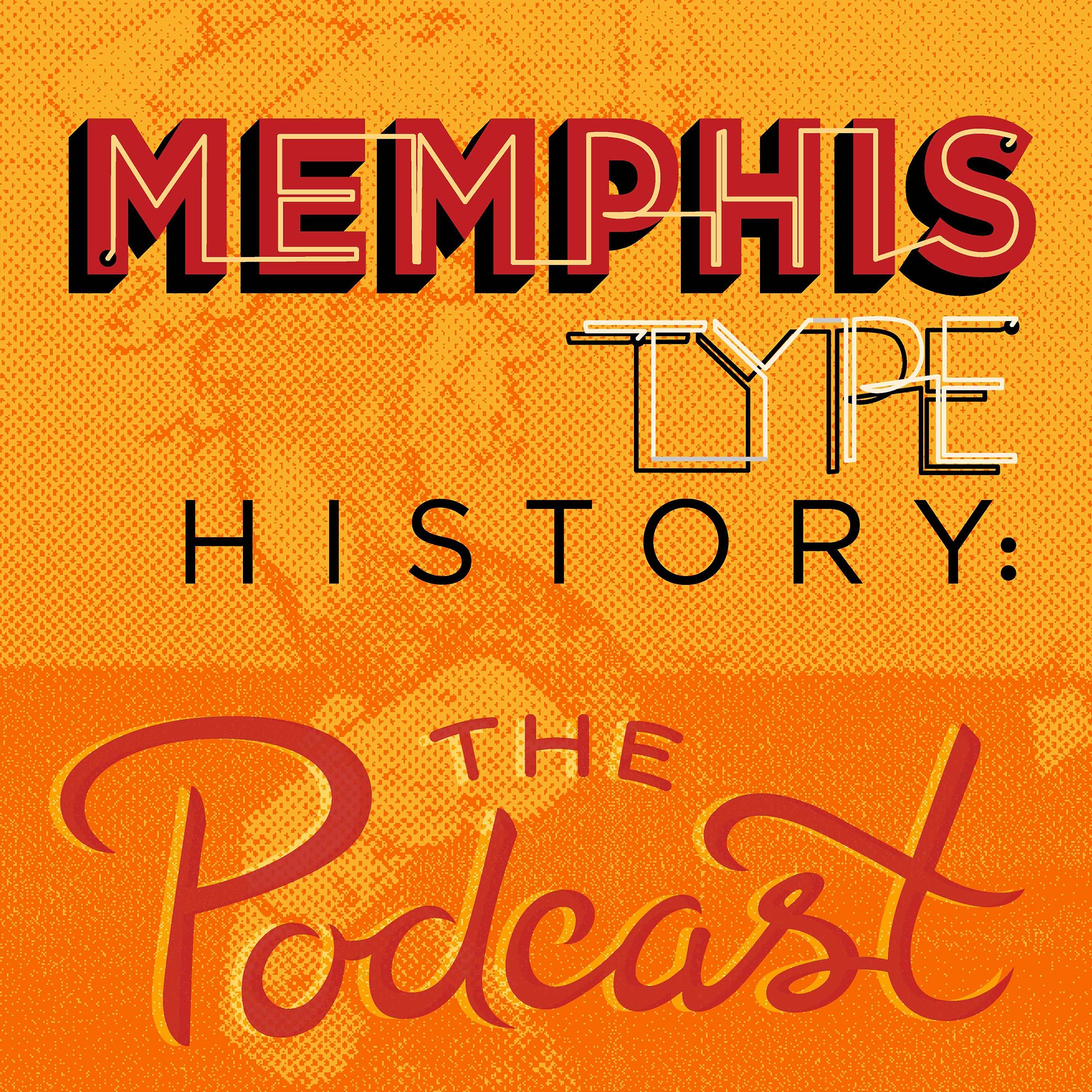Episodes

Sunday Sep 10, 2017
Graffiti 101 with Nosey42
Sunday Sep 10, 2017
Sunday Sep 10, 2017
In this episode of Memphis Type History: The Podcast, Rebecca sits on her front porch with graffiti artist Brandon Marshall sipping on mojitos while he takes us all the way back to the beginning of his art form and its manifestations in our beloved Memphis. Do you know the difference between graffiti and a mural? Sit up straight, class is in session.
Forgive the ambient noise, we actually did record on my front porch and so you hear the crickets outside and the occasional car or plane passing by.
This whole conversation was framed by Rebecca's questions and lack of knowledge on the subject, so they started at the beginning. How did graffiti start? While the exact city is somewhat unclear, the big northeastern cities are definitely all a part of the roots of graffiti. New York, DC, Philadelphia, all had very active scenes in the seventies. At its core, graffiti started as kids just wanting to leave something behind. So they would tag their name on subways, alleys, wherever they could. Then, it escalated. With everyone tagging their name, it became really important to set yourself apart. How do you do that? Two ways—location and artistry. You wanted to make it stood out by putting your tag someplace really visually accessible to lots of people. You also wanted to make sure you added some flare to that tag so people realized it was you as they saw it in more and more high-profile places. A couple of other things worth noting: named derived first the the city street number and your crew name. Crews are basically people teaming up and they share a piece of your tag name. So Nosey42 is Brandon's nickname and his crew, 42. What is a crew and how do you get into one? How many does Memphis have? Hear more about that in our conversation on the podcast.
Even though, we are talking about something that is done mostly illegally, it turns out there is a bit of a code or an etiquette. If you cover someone else's tag it has to follow one basic guidelines: it has to make the work objectively better. There's more to it than that, but basically that's what it comes down to. There have been fights over this and maybe even worse. Brandon also told us about some of his experiences dealing with instances of people breaking the graffiti code.
Brandon tells us that when being considered, a crew will take note of the quality of an artist's work and the quantity. Just like he mentioned in the history, they want to have artists whose work can be seen in the most high profile places, and is at a high level. This lead us into a discussion about the place of murals and where he saw them in the landscape of the art community in the world broadly but also specifically in Memphis. He was quoted in a previous article speaking the appeal of popular art like murals. In other words, he loves art that anyone can see and enjoy, and see meaning in. He even went so far as to say the truest form of graffiti, tagging your name on a wall, is really the most boiled down, pure, honest, form of art. All you need is a name and spray can to do it and even less to appreciate it of what it is. That's why we love talking about graffiti, because at our core, we're about type being used in Memphis.
So what does Brandon think about the prevalence of murals on walls across Memphis, even in some of the newest, hippest, developments in the city? As you might expect, he has mixed feelings.
For full show notes go to memphistypehistory.com/graffiti


No comments yet. Be the first to say something!